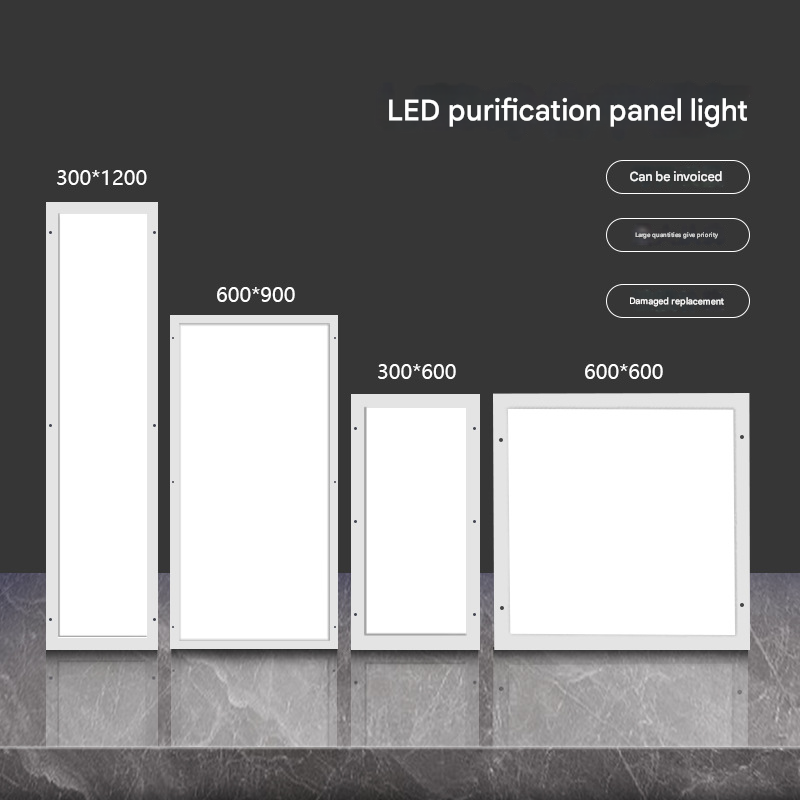Osoite
Songmu Donglu 8, Hongsha Teollisuusalueen yhteisö, Shishan, Nanhai, Foshan, Guangdong, Kiina
Puhelin: +86-18379778096
Time: 9.00am-4.00pm
Songmu Donglu 8, Hongsha Teollisuusalueen yhteisö, Shishan, Nanhai, Foshan, Guangdong, Kiina +86-18379778096 [email protected]
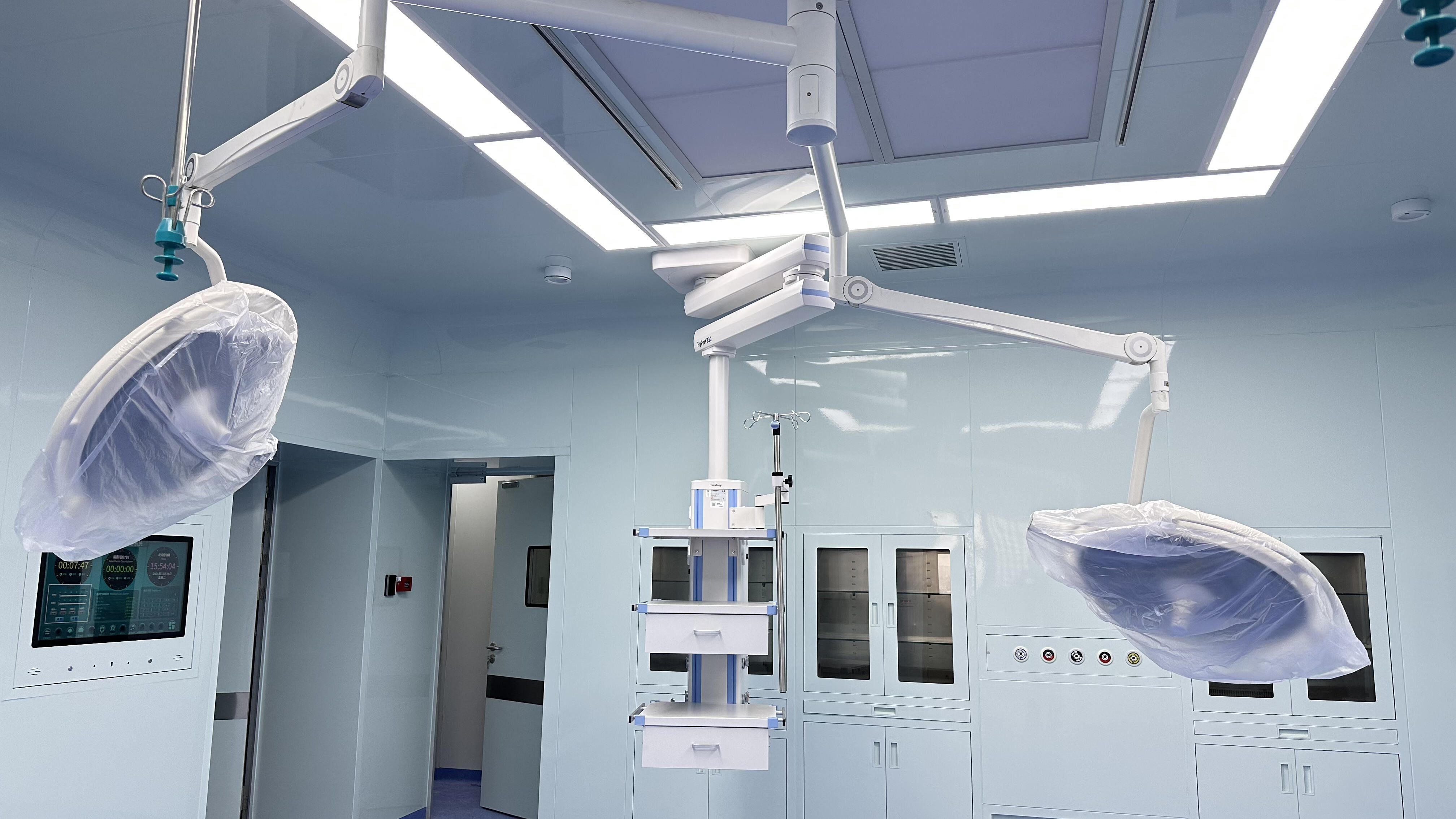
Kansallisen standardin "Tekninen erittely puhtaita tiloja varten tarkoitettuihin valaisimiin" (GB/T 24461-2023) mukaan puhtaita tiloja varten tarkoitetun valaisimen on täytettävä seuraavat tekniset vaatimukset, joita voidaan käyttää suoraan erittelyasiakirjoihin:
sähköisten turvallisuusominaisuuksien vaatimukset
Puhtaanhuonevalaisinten nimellisen käyttöjännitteen ei tulisi ylittää 1000 V AC tai 1500 V DC. Kaikkien jännitteisten osien tulee olla suunniteltu kaksinkertaisella eristys- tai vahvistetulla eristysrakenteella. Eristysmateriaalien tulee läpäistä GB/T 4207 -standardissa määritettyä jälkien kestävyyden testiä (PTI ≥ 600). Sisäisten johdinten poikkipinta-ala ei saa olla pienempi kuin 0,5 mm², ja niissä tulee käyttää korkean lämpötilan sietävää silikajohdinta (pitkäaikainen käyttölämpötila ≥ 180 °C). Maadoitusterminaalien tulee olla valmistettu kupariseoksesta ja niissä tulee olla selkeästi näkyvä maadoitussymboli, ja maadoitusresistanssin arvon tulee olla ≤ 0,1 Ω. Valaisimen virtalähteen tulee läpäistä GB 19510.14 -standardin määräämä vioituneiden olosuhteiden testi, eikä se saa syttyä tai tuottaa myrkyllisiä kaasuja tullessaan oikosuljetuksi tai avatuksi.
valaistustekniset ominaisuudet
Alkuperäiset valon tehokkuusvaatimukset: LED-valaisimet ≥ 100 lm/W, valonvalonvalaisimet ≥ 70 lm/W. Suhteellinen värilämpötila on säädettävä 3000-6500 K:n välillä, ja poikkeama samassa puhtaassa huoneessa on enintään ±200 K. Värinlähetysindeksi Ra ≥ 80 (Ra ≥ 90 vaaditaan erityisalueilla, kuten leikkaushuoneissa), ja värinvastaisuuden vakiolajontamus (SDCM) ≤ 5. Valon yhdenmukaisuus työtasolla ≥ 0,7 ja yhtenäinen loistearvotus (UGR) ≤ 19. Valonlähteet on varustettava optisen luokan PC-diffuustereilla, joiden valonlähteen luminaatiotaso on vähintään 85% ja joissa ei ole näkyviä tahroja tai tummia alueita. LED-valaisimet on läpäistävä 3000 tunnin valonvoiman ylläpito-testi (häiriö ≤ 3%) 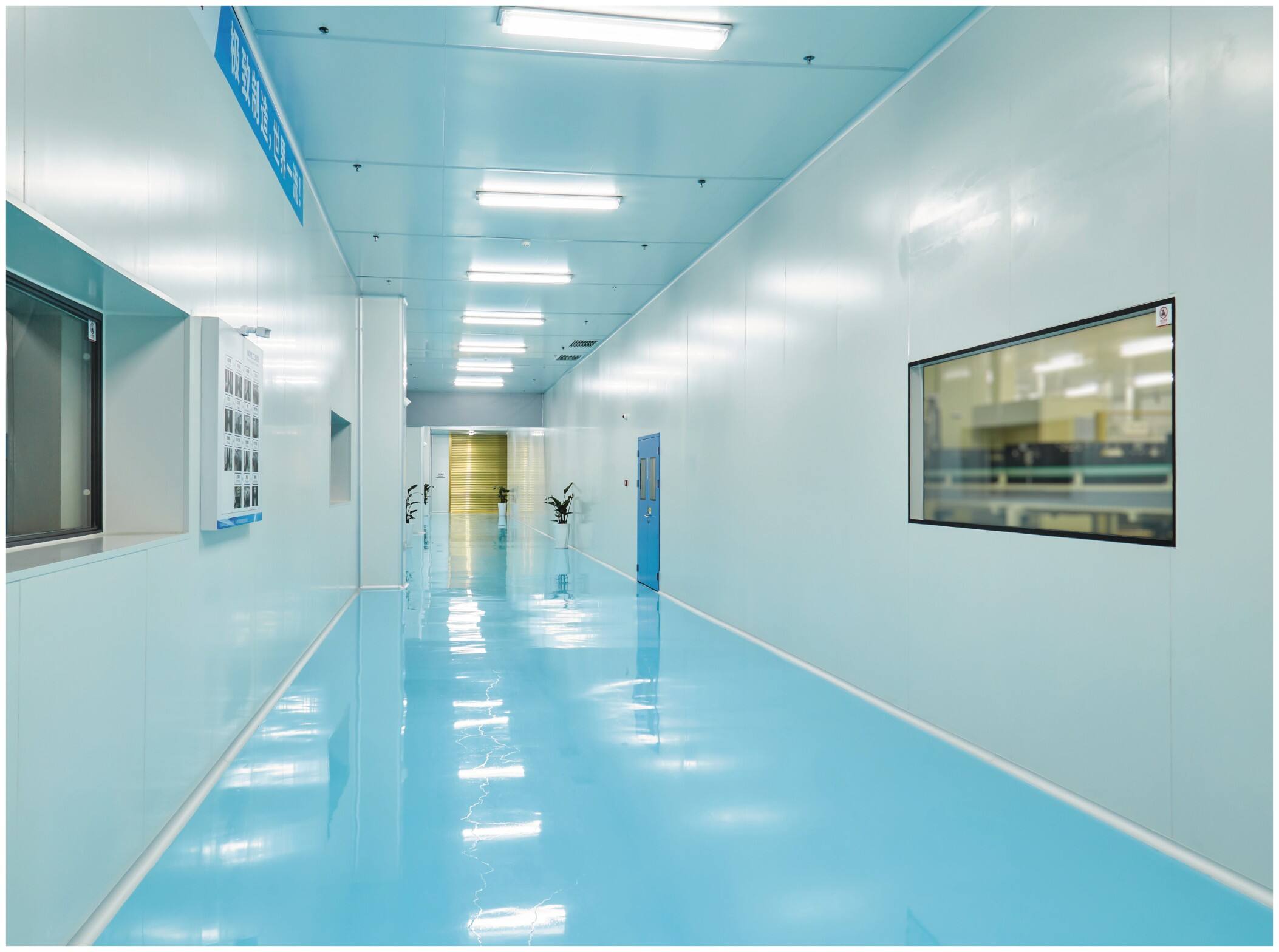
mekaaninen rakenne ja suojaluokka
Valaisinkotelo on valmistettava 304-ruostumattomasta teräksestä tai anodoidusta alumiiniseoksesta, jonka pinnan karheus Ra ≤ 0,8 μm. Kaikki liitokset on tiivisteettävä elintarvikekelpoisilla silikonia tiivisteillä (FDA 21 CFR 177.2600 -standardin mukaisesti), jotta saavutetaan IP65-suojaluokitus (testattu standardin GB/T 4208 mukaisesti). Valaisimen kiinnitysholkki on kestettävä staattisen kuorman testi 4-kertaisella valaisimen painolla (24 tuntia ilman muodonmuutosta). Irrotettavat osat on suunniteltava pudotussuojatulla rakenteella, eikä niiden kiristys saa löystyä värähtelytestissä (taajuus 10–55 Hz, amplitudi 0,35 mm). Valaisimen pinnalla olevan staattisen jännitteen on oltava ≤ 100 V (testausmenetelmä standardin GB/T 12703.1 mukaisesti).
Materiaalit ja puhdouden hallinta
Kaikkien epämetallisten materiaalien on läpäistävä UL94 V-0 palonkestävyystesti, ja TVOC-päästöjen tulisi olla ≤ 0,05 mg/m³·h (testattu standardin GB/T 29899 mukaisesti). Ilman kanssa kosketuksessa olevien osien pinnankarheuden tulisi olla Ra ≤ 0,4 μm ja kosketuskulma ≤ 75° (hiukkasten tarttumisen estämiseksi). Sisävalaisimissa ei saa käyttää silikonia tai ftalaatteja sisältäviä materiaaleja. Tiivisteiden kaltaisten elastomeerien on läpäistävä ISO 10993-5 sytotoksisuustesti. LED-valonlähteiden sinivalon vaara on oltava RG0-luokan mukainen (IEC 62471 -standardin mukaan).
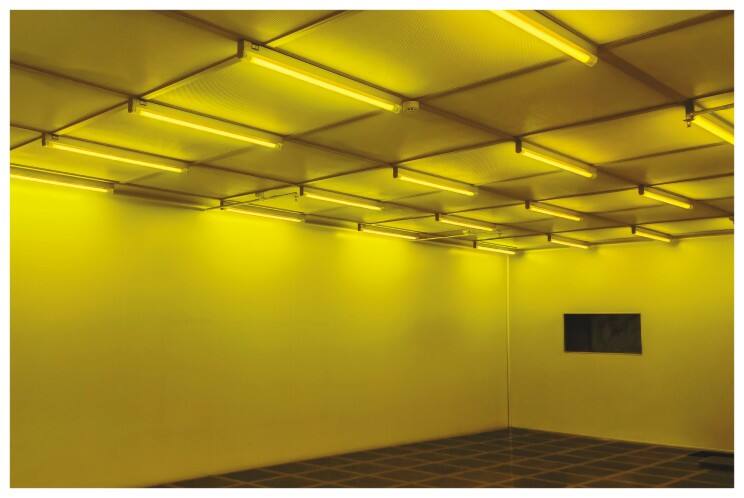
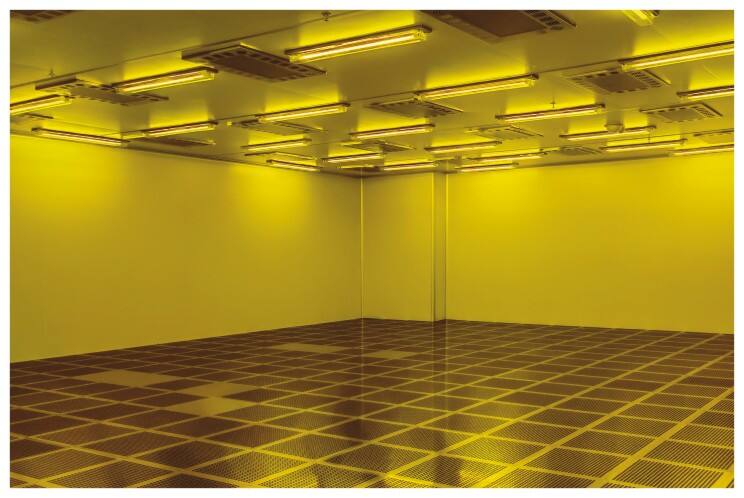
sähkömagneettinen yhteensopivuus ja ympäristön sopeutumiskyky
Valaisimien on läpäistävä GB/T 17626 -sarjan testit: sähköstaattisen purkauksen kestävyys ±8 kV (kosketuspurkaus), radiotaajuisen sähkömagneettisen kentän kestävyys 10 V/m (80 MHz–1 GHz) ja nopean transientin/särön kestävyys ±2 kV (virtaliitännät). Johdettujen häiriöiden rajat on oltava GB 17743 luokan B mukaiset. Käyttölämpötila-alue on oltava -20 °C ... +50 °C, ja valaisimen on pystyttävä käynnistymään normaalisti ilman kondensoitumista 95 %:n suhteellisessa kosteudessa. Valaisimien on myös läpäistävä GB/T 2423.10 -standardin mukainen sinimuotoisen tärinän testi (5–500 Hz, kiihtyvyys 20 m/s²).
erityisalueille lisävaatimukset
Biosuojelulaboratorioiden valaisimissa täytyy olla lisätestaus ilmatiiviydelle (vuotoaste ≤ 1×10⁻⁴ Pa·m³/s). Räjähdysvaarallisiin tiloihin tarkoitetut valaisimet on oltava standardin GB/T 3836.1 mukaisen Ex ib IIB T4 Gb -luokituksen mukaiset. Leikkaussalien valaisimissa täytyy olla varavirtalähde (siirtymisaika ≤ 0,5 s) ja reaaliaikainen valaistusvoimakkuuden seurantamoduuli. Lääkkeiden valmistusalueiden valaisinten pinnalla mikrobiraja on oltava ≤ 5 CFU/100 cm² (testaus standardin GB/T 16292 mukaisesti).
asennus- ja huolto-ohjeet
Valaisinten asennuskorkeuden tulisi olla 1,8–2,2 m työskentelytason yläpuolella, ja valaisinten välimatkan ei tulisi ylittää valaisimen pituutta enempää kuin 1,5-kertaisesti. Upotusasennuksessa valaisinkehän ja katon välinen rako tulisi olla ≤ 1 mm ja se on tiivisettävä steriilillä liimapullolla. Huoltotoimenpiteisiin tulee käyttää erityisiä puhdistusaineita (pH-arvo 6–8), ja halogenoitujen liuottimien käyttö on kiellettyä. Valaisimen käyttöiän (≥ 50 000 tuntia) aikana tehtävien huoltotoimenpiteiden kokonaisaika ei saa ylittää 24 tuntia. Älykäs valaistuksen ohjausjärjestelmän tulee tukea MODBUS RTU - tai BACnet-protokollaliitäntöjä. 
